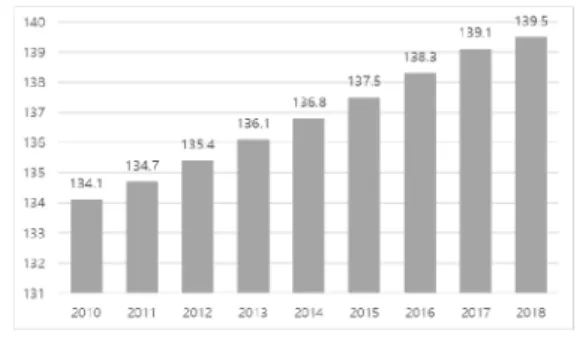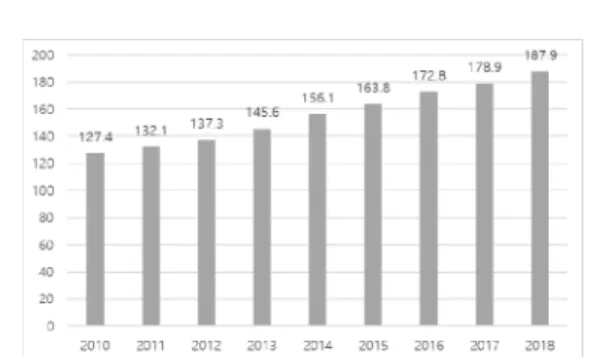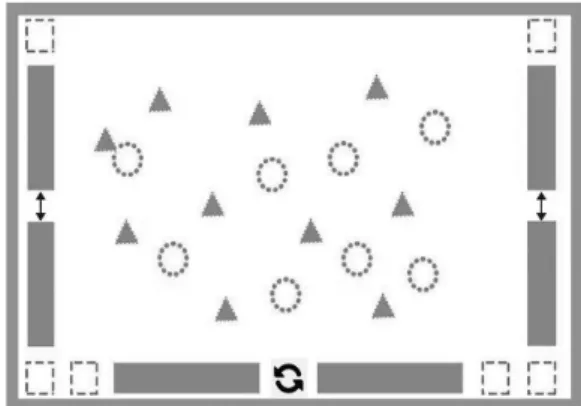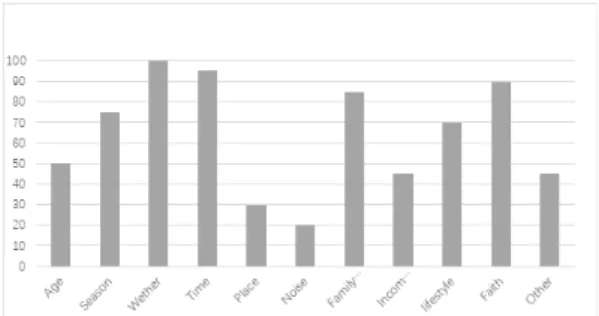관련 문서
_____ culture appears to be attractive (도시의) to the
The index is calculated with the latest 5-year auction data of 400 selected Classic, Modern, and Contemporary Chinese painting artists from major auction houses..
It considers the energy use of the different components that are involved in the distribution and viewing of video content: data centres and content delivery networks
A frame size error in a frame that could alter the state of the entire connection MUST be treated as a connection error (Section 5.4.1); this includes any frame carrying a
1 John Owen, Justification by Faith Alone, in The Works of John Owen, ed. John Bolt, trans. Scott Clark, "Do This and Live: Christ's Active Obedience as the
In this study, the performance characteristics of a two-stage CO 2 system with two-different evaporator temperature have been analyzed according to outdoor
This study aims to examine the effects of fun factors on exercise commitment and schol happiness in school sports club activity.. The population was
The objective of this study is to understand the effects of walking activity using fairy tales on the peer competence and emotional intelligence of



![Fig. 6. Gender ratio of high frequency activities in the elderly also large, and the activities are intensive, mainly walking[11]](https://thumb-ap.123doks.com/thumbv2/123dokinfo/4992258.547157/6.799.85.387.837.983/gender-frequency-activities-elderly-activities-intensive-mainly-walking.webp)
